Anti-tuberculous mycobacterium leprae drugs
In addition to Mycobacterium tuberculosis, other mycobacteria can also be pathogenic to humans. Because of their colonies formed during culture are not typical features of Mycobacterium tuberculosis, they are given the name "atypical mycobacteria", while now they are more commonly referred to as "non-tuberculous mycobacteria" (NTM).Mycobacterium tuberculosis can be divided into 4 groups according to the pigment production or rapid growth (Runyon, 1965). After the initial report published of Runyon's classification system, the report of disease caused by NTM lesions in the southeastern United States emerged. The epidemiology of these patients and general TB patients are different. These patients are older, most of whom are white, and their lungs are often suffered from chronic disease. However, the existing anti-TB drug treatment are ineffective. In order to understand the occurrence of NTM disease, we have found some information in the United States’ 1981-1983 epidemiological studies: the highest incidence is Mycobacterium avium complex (MAC), followed by Mycobacterium kansas and mycobacterium - Mycobacterium tumefaciens (O Brien et al., 1987). In some areas of the United States, NTM may be as common as tuberculosis. Human infections appear to arise from mycobacteria in the environment.
Leprosy is caused by leprosy bacillus infection. Mycobacterium leprae and Mycobacterium tuberculosis both belong to the genus Mycobacterium, and they have similar points in the form and response to drugs. Some anti-tuberculosis drugs can also be used for the treatment of leprosy, such as rifampicin which is the main leprosy drug, ammonia thiourea which also have a role. Anti-leprosy drugs are mainly sulfone drugs.
Click on the specific product, view the latest prices of the products, information, serving information
| Structure |
Chemical Name |
CAS |
MF |
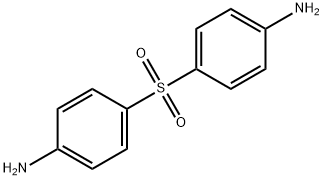 |
4,4'-Diaminodiphenylsulfone |
80-08-0 |
C12H12N2O2S |
 |
TMC-207 |
843663-66-1 |
C32H31BrN2O2 |
 |
Isoniazid |
54-85-3 |
C6H7N3O |
 |
Pyrazinamide |
98-96-4 |
C5H5N3O |
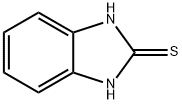 |
2-Mercaptobenzimidazole |
583-39-1 |
C7H6N2S |
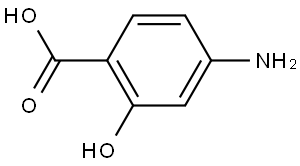 |
4-Aminosalicylic acid |
65-49-6 |
C7H7NO3 |
 |
Ethionamide |
536-33-4 |
C8H10N2S |
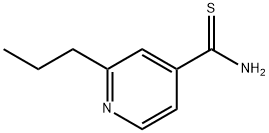 |
Protionamide |
14222-60-7 |
C9H12N2S |
 |
Thalidomide |
50-35-1 |
C13H10N2O4 |
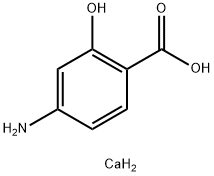 |
Calcium 4-aminosalicylate |
133-15-3 |
C7H9CaNO3 |
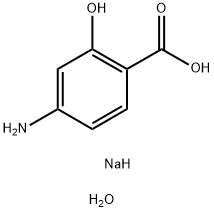 |
Sodium 4-aminosalicylate dihydrate |
6018-19-5 |
C7H10NNaO4 |
 |
LYSIONOTIN |
152743-19-6 |
C18H16O7 |
 |
Sodium 4-aminosalicylate |
133-10-8 |
C7H6NNaO3 |
 |
Clofazimine |
2030-63-9 |
C27H22Cl2N4 |
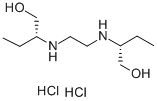 |
Ethambutol dihydrochloride |
1070-11-7 |
C10H24N2O2.2ClH |
 |
THIACETAZONE |
104-06-3 |
C10H12N4OS |
 |
thiambutosine |
500-89-0 |
C19H25N3OS |
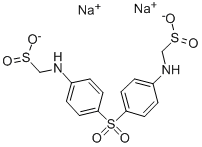 |
Aldesulfone Sodium |
144-75-2 |
C14H14N2Na2O6S3 |
 |
Etocarlide |
1234-30-6 |
C17H20N2O2S |
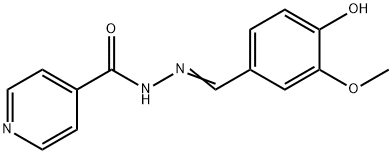 |
Ftivazide |
149-17-7 |
C14H13N3O3 |
 |
Pasiniazid |
2066-89-9 |
C13H14N4O4 |
 |
isonoazone |
|
|
 |
Ethambutol |
74-55-5 |
C10H24N2O2 |
 |
methaniazide |
13447-95-5 |
C7H9N3O4S |
 |
Isoniazid-D4 |
774596-24-6 |
C6H7N3O |
 |
1-PHENYL-1-PROPYNE |
623-32-5 |
C20H36O2 |
 |
Furilazone |
|
|
 |
solasulfone |
133-65-3 |
C30H28N2O14S5.4Na |
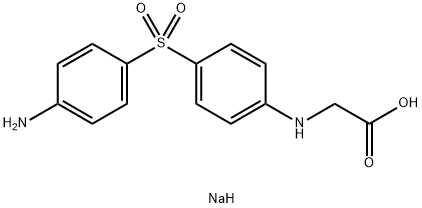 |
acediasulfone sodium |
127-60-6 |
C14H15N2NaO4S |
![ISONICOTINIC ACID 2,2'-METHYLENEDIHYDRAZIDE<footer>
<div class=]()
感谢您访问我们的网站,您可能还对以下资源感兴趣:
天堂网亚洲,天天操天天搞,91视频高清,菠萝蜜视频在线观看入口
美乐家奖金制度,3da显卡模拟器,初中读书手抄报一等奖,开奖 号查询
日韩中文字幕免费观看,狠狠色丁香久久婷婷综合丁香,91在线视频免费看,蜜桃视频在线
亚洲色p,快活影院在线毛片,婷婷六月丁香色婷婷网,你懂的视频在线观看
国产91精品在线观看,成人一区专区在线观看,中文字幕网站在线观看,在线播放免费人成毛片试看
中文性按摩1区2区3区,国产网站在线看,八戒影视在线观看免费,四虎国产精品高清在线观看
毛片特级,美女撒尿毛片免费看,久久大尺度,人人玩人人添人人澡免费
|